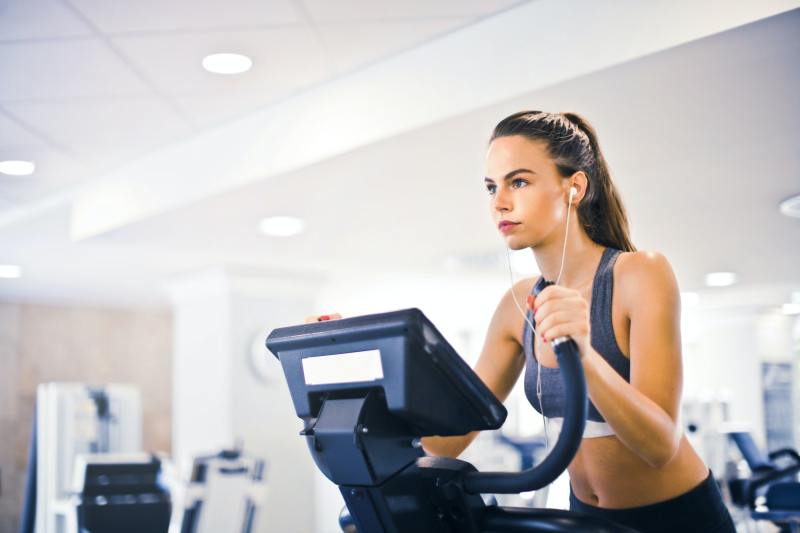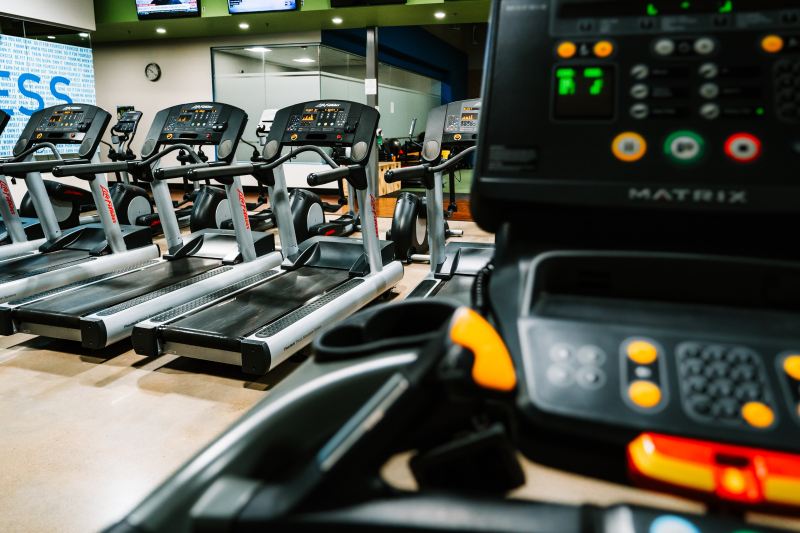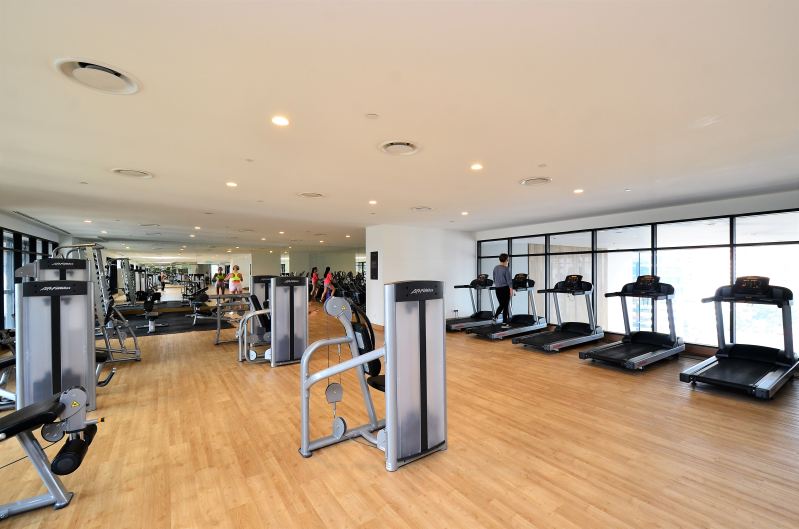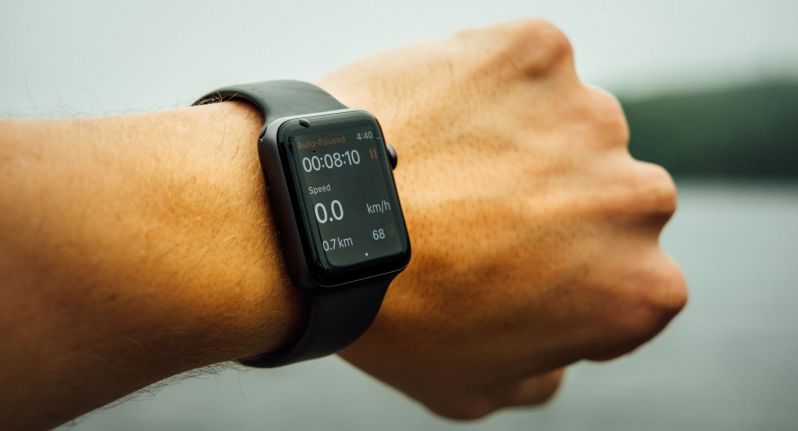
Finding a cardio exercise you enjoy is the best way to stay consistent and committed to your workouts. The viral TikTok workout “12-3-30” first became popular in early 2020, however, it remains one of the most popular and effective options for low-impact cardio today.
So, what exactly is this viral TikTok workout and what does it involve? The 12-3-30 workout is simply a nickname for utilizing incline walking on the treadmill for a killer cardio workout. To do this workout, simply hop on a treadmill, set the incline to 12, and the speed to 3 miles per hour. The “30” portion of this workout’s nickname tells you to walk in these settings for 30 minutes a day.

Origins of 12-3-30 TikTok Trend
The 12-3-30 TikTok trend was created by social media influencer Lauren Giraldo, who first shared her workout online in an effort to help others. After struggling to find a type of low-impact cardio that was both motivating and realistic, Lauren discovered incline walking after years of trial and error.
Soon after posting her unique treadmill workout on social media, the video went viral, with over 80 million views today. Viewers around the world became intrigued by this workout and its potential for amazing results, requiring only a treadmill to complete. View the original TikTok below:
What is the appeal of treadmill incline walking?
Incline walking on a treadmill is one of the best cardio exercises for a fast, yet effective workout. If you can’t spend hours in the gym running miles, this popular trend is perfect for a fast, yet efficient cardio workout in.
Not only is incline walking attractive for those short on time, but it’s also a versatile workout for people of all fitness levels and ages. For those who have joint pain, low back pain, or knee injuries, incline walking can offer benefits similar to running, yet in a lower impact form. Incline walking puts less stress on the joints than running, yet still offers a great calorie burn and elevates your heart rate to improve cardiovascular health.

More benefits of incline walking
Trying incline walking as a form of low-impact cardio is also a great way to condition your body for realistic terrain. As your body adjusts to walking on a steep incline, this mimics an outdoor hilly terrain that is different than walking on a flat surface. With consistent incline walk workouts, you’ll prime and prep your body for hiking and running on various outdoor terrains.
Unlike walking on a flat surface, incline walking also targets specific muscle groups in your legs and glutes. Not only can you work up a great sweat with this low-impact cardio to help maintain a healthy body weight, but you can also strengthen muscles in the legs. In addition, incline walking engages your core as your body has to hold itself up when walking up steep inclines.
Of course, another benefit to this workout is its versatility. Rain or shine, all you’ll need is a treadmill to stay consistent with this type of low impact cardio.

Should you do cardio before or after weights?
Thinking of incorporating incline walking into your workout routine? Many cardio newbies wonder if it’s best to do cardio before or after lifting weights. The answer to this commonly asked question is not clear-cut. The answer depends on your current fitness goals. If your primary goal is to increase your muscle strength, try doing cardio after you’ve completed your lift. This will give you the most energy to crush your muscle-building workout, helping to further your goals. On the other hand, if your primary

What you need to know about starting incline walking
Although you may be eager to jump into trying incline walking, it’s important to go slow as your body adjusts to walking on a steep incline. Some newbies find walking at a 12% incline to be too steep at first. In these cases, start slowly and work your way up gradually as you increase the incline. The speed of 3 miles per hour can also be adjusted based on your current fitness level.
While the “12-3-30” TikTok trend suggests a 12% incline at 3 miles per hour, this is simply one of many ways to do a treadmill incline workout. As your core, leg, and glute muscles strengthen, you may find the workout becoming too easy. At this point, those seeking a more challenging workout can adjust the treadmill incline and speed settings, as well as increase the duration of the workout.
When performing this workout, it’s crucial to avoid holding onto the treadmill for support. If you find yourself holding onto the railings, this may be a sign to decrease the intensity until your body adapts. As with any new workout routine, go at your own pace until you build up endurance over time.

The bottom line
Though incline walking began as a TikTok trend, this method of sustainable, low-impact cardio is certainly here to stay. Incline walking can help build lower body strength while helping to improve cardiovascular fitness. As you give this unique workout a try, go slow and be patient with yourself. In no time, you’ll build up the strength and endurance to walk on an incline with ease.
Editors' Recommendations
- C4 pre-workout powders have new formulas — why they’re celeb trainer Ron ‘Boss’ Everline’s ‘go-to’
- Is olive oil good for you? All about this healthy fat (and how to use it in your kitchen)
- The 5 best treadmill workouts to gain fitness fast (and feel great after)
- The 9 best cardio workouts to shake up your routine
- The best calf workouts, according to a functional training expert



